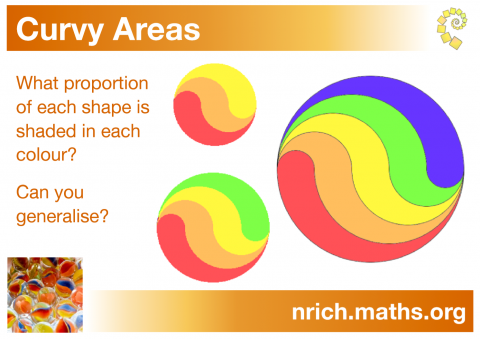This poster is based on the problem Curvy Areas.
The poster is available as a PDF, or the image below can be clicked on to enlarge it.
Image

Poster
This poster is based on the problem Curvy Areas.
The poster is available as a PDF, or the image below can be clicked on to enlarge it.
